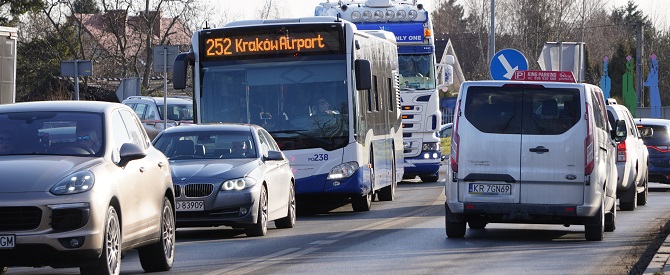
Poland consumed more than 226,000 metric tons of lubricants in 2019, down 3.5 percent from the year before, and the slight decrease is attributed to weakening of the automotive industry and other sectors such as the metallurgy and mining, according to a Polish trade organization’s report.
However, in general, the Polish economy performed well during the past decade. The country attained a healthy gross domestic product growth of 5.1 percent and 4 percent in 2018 and 2019, respectively, and this places Poland’s lubricant market in a stronger position for years to come. However, the global coronavirus situation could impact Poland’s economy and lubricant demand volumes for 2020.
The Polish Petroleum Industry and Trade Organization in its annual report found that Poland’s lubricant market stabilized during the past decade, amid increased use of synthetic motor oils with improved durability and longer drain intervals.
The stabilization of the market as a whole has been ongoing since the end of 2010, the association said, with yearly fluctuations neither rising nor falling more than 5 percent in any year during that decade and not changing more than 1.7 percent from 2015 to 2018. “The average market volume in that period amounted to approximately 225,000 tons,” the association said in its Oil Industry and Trade 2019 report published last week.
According to the report 57 percent of lubricants sold last year were automotive, while 43 percent were industrial oils.
It also found that over the past 14 years, the percentage shares of the automotive and industrial segments were similar. For example, in 2006 the shares were 48 percent for industrial oils and 52 percent for automotive oils, while in 2018 the shares were 41 percent and 59 percent, respectively.
“Until 2017, the automotive sector was gradually gaining ground. In 2019, the automotive segment’s share amounted to 57 percent, and for the first time in a long period, it witnessed a decline from 59 percent in the previous year,” according to the association.
In 2019, passenger car motor oils constituted 60 percent of total automotive oils consumed, heavy-duty motor oils constituted 36 percent and 4 percent were monograde engine oils.
In Poland, the share of synthetic oils for passenger cars grew from 5.5 percent of the total market in 2007 to 19.2 percent in 2019, while the demand for conventional multigrade engine oils for passenger cars and heavy-duty vehicles, as well as for monograde oils, declined significantly over the same period of time.
The 0W and 5W viscosity grades are the most prevalent passenger car motor oils in Poland, accounting for 19.2 percent of the total lubricant market in 2019. In the heavy-duty segment, 15W and 20W viscosity grades lead, with 8 percent of the total market.
In 2019, hydraulic oils accounted for 37 percent of total industrial oils demand. Machine oils were second, with an 8.8 percent market share, followed by greases, with a 7.5 percent market share. The “other industrial” oils group accounted for the remaining 27 percent.
The report found that the country consumed around 8,000 tons of greases in 2019, up more than 14 percent from 7,000 tons in 2018.
Poland’s lubricant industry faces a variety of challenges, such as the government’s newly imposed regulation on reporting obligations for companies that produce or trade lubricants. This regulation aims to eliminate fraud related to value-added tax, excise duties and other forms of taxes in the country’s grey market activities, to minimize the damage when the imported base oils are used as diesel fuel to avoid the payment of excise duty.
“This increases the industry’s operating costs. Such irregularities may be limited primarily through physical inspection and legislative changes,” the report concluded.
The association is also concerned with the growing practice of illegal combustion of used lubricants in Poland.
“Above all, it has a negative impact on air quality. The engine oils contain additives that cannot be burnt in ordinary furnaces for heating oil, as toxic fumes are emitted as a result. Such activities also interfere with the functioning of the recovery system and constitute a breach of excise regulations,” the association stated.
The trade organization points to a lack of comprehensive regulations in the lube industry, toward entities that collect and recycle, and an insufficient control mechanism for crosschecks of the entities that import and consume lubricants.

Traffic in Krakow, Poland. Poland consumed more than 226,000 metric tons of lubricants in 2019, down 3.5 percent.